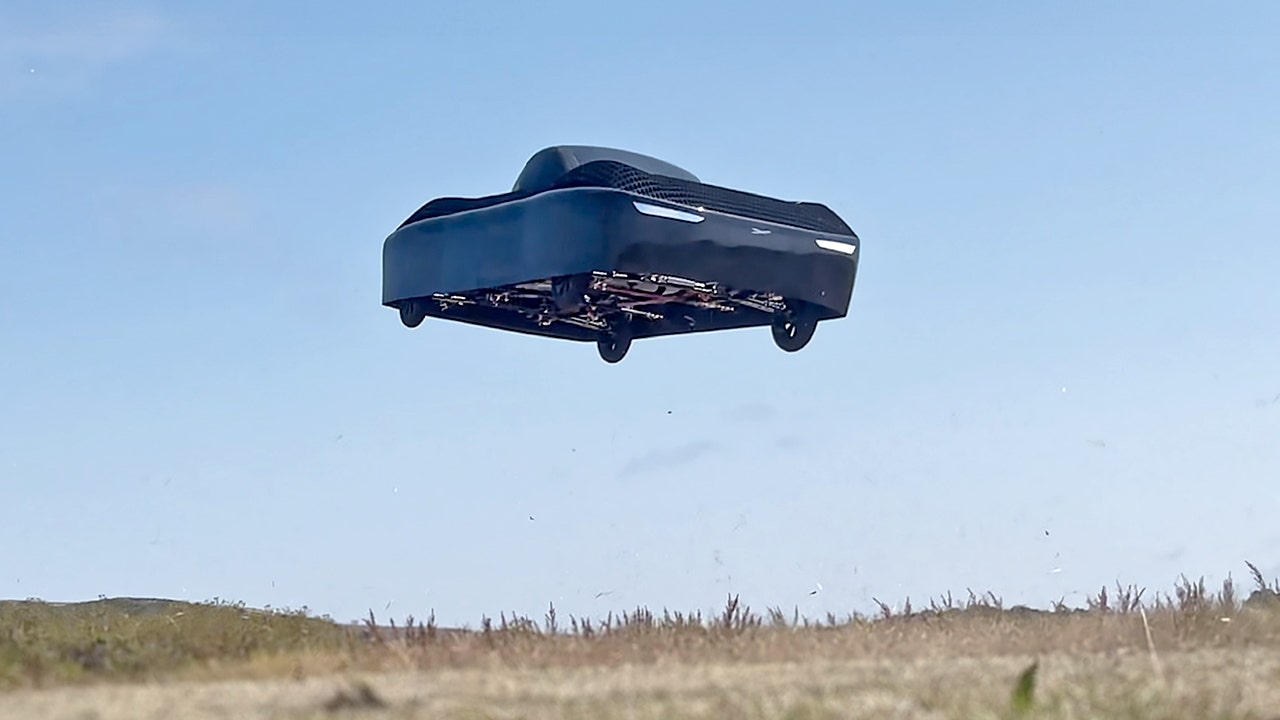The concept of flying cars has long captured the imagination of futurists and technophiles alike, promising to revolutionize personal transportation by merging the convenience of automobiles with the freedom of flight. Now, this vision is rapidly approaching reality, as advances in engineering and regulatory frameworks bring the dream closer to everyday life. A notable example is the Klein Vision AirCar, a pioneering vehicle designed to operate seamlessly both on roads and in the air. Tech expert Kurt Knutsson recently explored how this innovation, along with emerging legislative efforts, could redefine the future of travel — particularly in the state of Pennsylvania, which is positioning itself to become a leader in this transformative era.
At the heart of this emerging landscape is Pennsylvania State Senator Marty Flynn from the 22nd District, who has introduced Senate Bill 1077, also known as the Jetsons Act, during the 2025-2026 legislative session. This bill aims to create a new legal category called “roadable aircraft,” formally recognizing vehicles that can function as both motor vehicles on public roads and as aircraft in the sky. The legislation, which was referred to the Senate Transportation Committee in early November 2025, represents Pennsylvania’s proactive approach to embracing advanced transportation technologies before they become commercially widespread.
Although a similar bill failed to pass in the previous session, Senator Flynn remains committed to laying the foundation for Pennsylvania’s leadership in this niche. His vision is not only to prepare the state for imminent technological breakthroughs but also to ensure that clear regulatory guidelines exist to maintain safety and consistency as flying cars begin to enter public use. By establishing clear definitions, registration requirements, and operational protocols, Pennsylvania could become a welcoming environment for innovators and manufacturers seeking to test and deploy these hybrid vehicles.
The rapid pace of technological progress in this field is evident in the work of several companies around the world. Firms such as Alef Aeronautics, Samson Sky, and CycloTech are developing vehicles capable of vertical takeoff and landing (VTOL) or quick transformations from car to aircraft, promising unprecedented mobility options. These prototypes are pushing the boundaries of what is technically feasible, integrating ultra-light materials, advanced propulsion systems, and sophisticated avionics to achieve dual functionality.
In the United States, some states have already begun to adapt their legal frameworks to accommodate these new vehicle types. Minnesota and New Hampshire, for example, have passed legislation that formally recognizes roadable aircraft, making them among the first to treat flying cars as both motor vehicles and aircraft under state law. Pennsylvania’s Jetsons Act seeks to follow in their footsteps, ensuring that its laws reflect the complexities of hybrid travel and provide clear guidance for drivers, pilots, and law enforcement officials alike.
On the federal level, regulatory agencies are also beginning to engage with flying car technology. The Federal Aviation Administration (FAA) notably granted a special airworthiness certificate in 2023 to Alef Aeronautics for its Model A prototype. This certification authorized the vehicle to operate both on roads and in the air for research and development purposes, marking a historic milestone as the first flying car cleared for combined ground and flight testing in the United States. This federal recognition underscores the growing legitimacy of flying cars and signals that regulatory frameworks are evolving to keep pace with innovation.
Senator Flynn’s advocacy for the Jetsons Act highlights the importance of proactive legislation in shaping the future of transportation. The bill proposes that roadable aircraft be registered with the state, display unique license plates, and undergo inspections similar to other vehicles. When driven on streets and highways, these vehicles would be subject to the same traffic laws as conventional automobiles. When airborne, however, they would remain under the purview of federal aviation authorities. This dual oversight model aims to balance safety with operational flexibility, ensuring that the public can benefit from new technologies without compromising existing safety standards.
A critical feature of the bill is its emphasis on safe transitions between driving and flying modes. Takeoffs and landings would be restricted to approved areas—such as designated vertiports or airfields—except in emergencies, reducing potential conflicts with other road or air traffic. By clarifying these operational rules, the legislation intends to minimize confusion for drivers, pilots, and law enforcement, fostering an environment where flying cars can integrate smoothly into everyday life.
The implications of such legislation extend beyond those who might own or operate flying cars. For the general public, the arrival of roadable aircraft could transform urban planning, infrastructure development, and even community life. Cities and towns may need to incorporate vertiports or specialized landing

